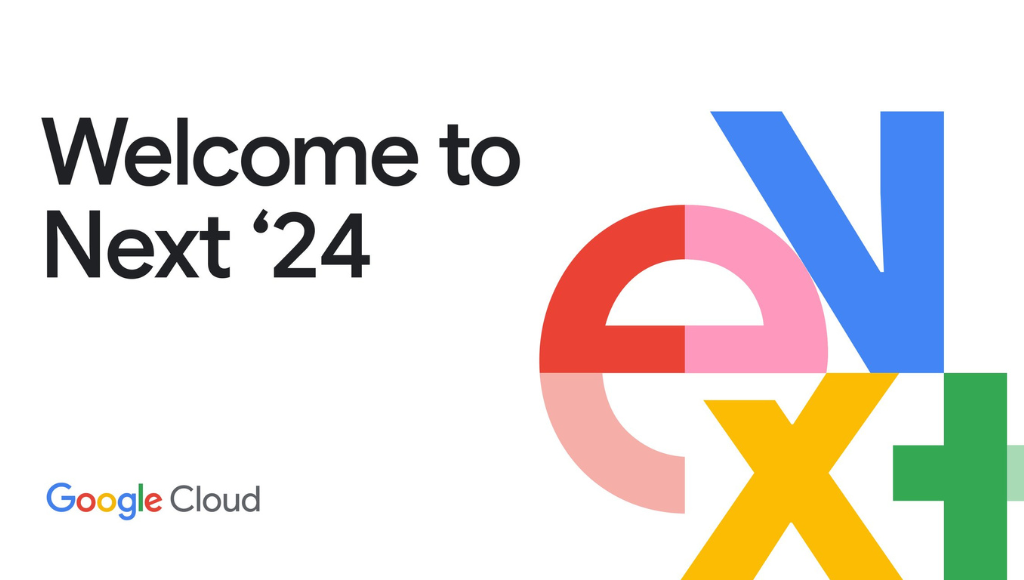Generative AI models like OpenAI’s ChatGPT have a persistent issue: they tend to generate false information, often referred to as hallucination. These errors can range from trivial, such as historical inaccuracies, to serious and harmful, like spreading false medical advice or damaging one’s reputation. Understanding the root cause of this problem and exploring potential solutions is crucial in the development and deployment of AI models.
The Nature of AI Training
Generative AI models lack real intelligence and operate as statistical systems trained on vast datasets, typically sourced from the internet. They learn to predict the likelihood of certain data based on patterns within the context. For instance, when given an email fragment ending with “Looking forward…,” an AI model might complete it with “… to hearing back,” mimicking common email closures. However, this doesn’t mean the AI actually anticipates anything; it merely replicates patterns it has learned.
This probability-based approach generally works well, but it’s far from perfect. AI models can generate text that is grammatically correct but nonsensical or provide inaccurate information. This stems from their associations of words and phrases with concepts, even if those associations are inaccurate. These “hallucinations” occur because AI models cannot gauge the uncertainty of their own predictions.
Addressing Hallucination
Can hallucination in AI models be completely eliminated? It’s a complex issue with no straightforward solution.
Vu Ha, an AI researcher, suggests that while AI models may always hallucinate to some extent, there are ways to mitigate this problem. By carefully curating high-quality knowledge bases and connecting them with AI models, it is possible to provide more accurate answers. However, some level of hallucination might still persist.
Sebastian Berns highlights another technique known as reinforcement learning from human feedback (RLHF). This method involves training AI models, gathering additional data to create a reward model, and fine-tuning the model based on this reward model through reinforcement learning. While RLHF has shown promise, it is not a perfect solution.
The Role of Hallucination in Creativity
Interestingly, Berns suggests that hallucinations in AI models could have a positive side. They can act as co-creative partners, generating outputs that may not be entirely factual but contain useful threads for creative thinking. In artistic or creative tasks, the ability to produce unexpected outputs can be valuable, sparking novel connections of ideas.
Realistic Expectations for AI
Vu Ha argues that AI models are often held to an unrealistic standard. Humans make mistakes and occasionally “hallucinate” when misremembering or misrepresenting the truth. With AI models, the challenge lies in the cognitive dissonance between the surface-level quality of their output and the presence of errors upon closer examination.
In conclusion, while addressing hallucination in AI models remains a complex challenge, it’s important to approach AI-generated content with a skeptical eye. AI models, like humans, are imperfect, and understanding their limitations is crucial when utilizing them. As we continue to advance AI technology, finding a balance between creativity and accuracy will be key in harnessing the full potential of these models.






